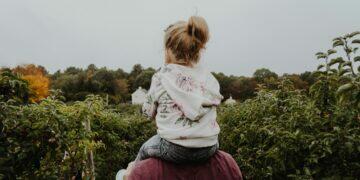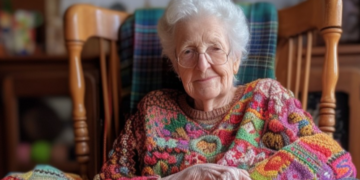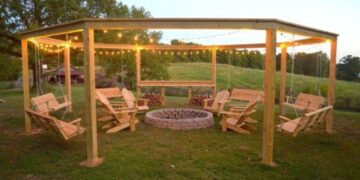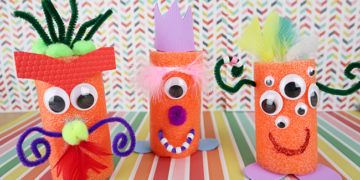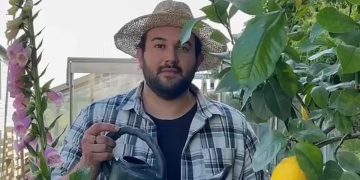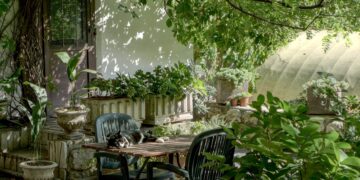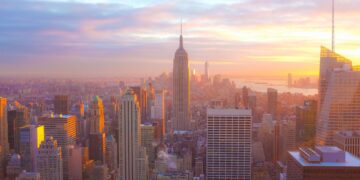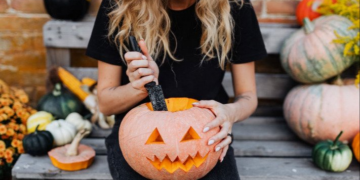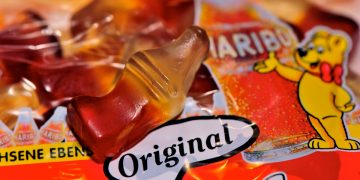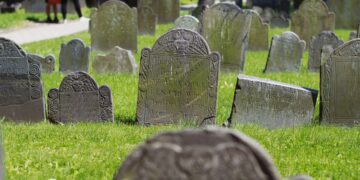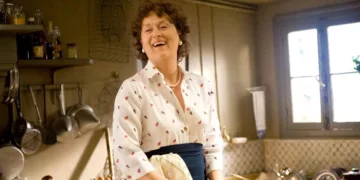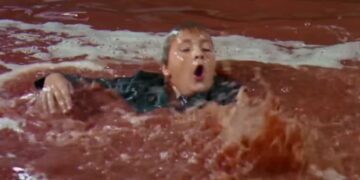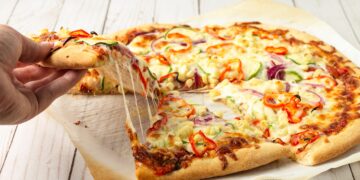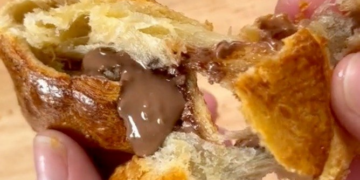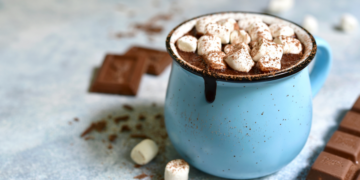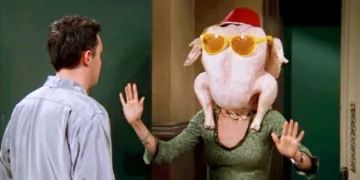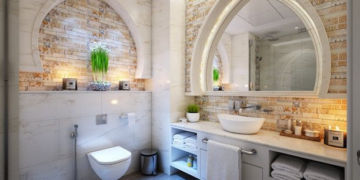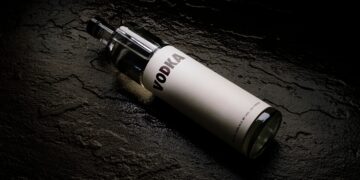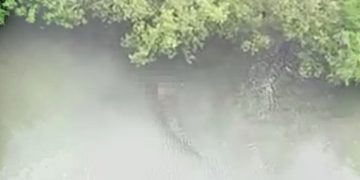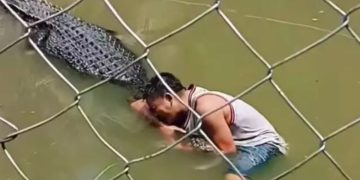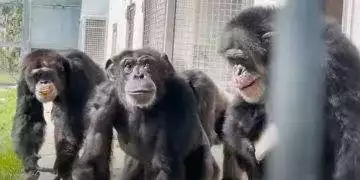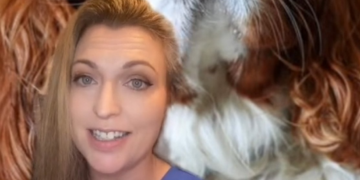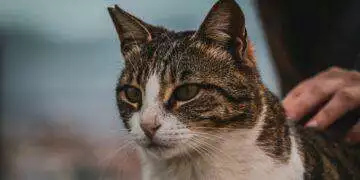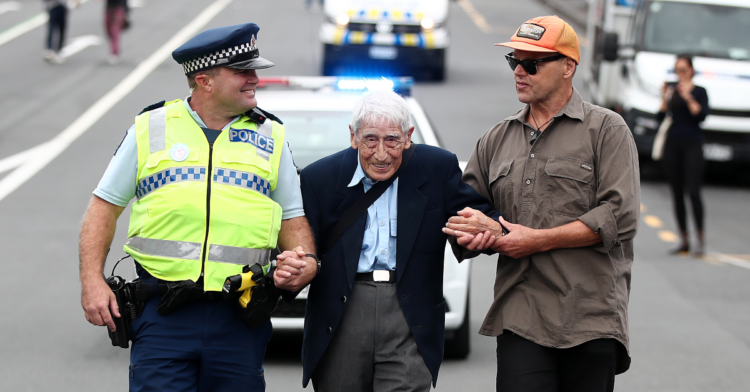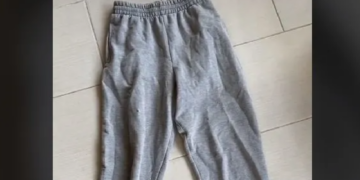When tragedy happens, we’re often at a loss for words. Often they can’t seem to encompass the true depth of feeling, the true wish to make things right in a world where it seems that nothing will be right again.
What one person can accomplish against the giant of hate and fear may seem like not enough, but one person can inspire a movement.
The massacre in Christchurch, New Zealand is one of those events that can’t be boiled down into something easy to digest.

It’s the deadliest mass shooting in the country’s history and one wouldn’t have been surprised if the populace had been frozen in shock.
Instead, they rallied.

On the day after the attack, hair covered as a sign of respect to the victims and Muslim community, Prime Minister Jacinda Ardern swore that the gun laws would change in response.
Two weeks hadn’t even passed before those changes were announced.

The ban on all military-style semi-automatic weapons and assault rifles would reclassify the firearms to require police approval for a license, basically removing them from the general public.
A buy-back program is in the works for those currently in circulation.
That’s incredible on its own, but guns are only part of the equation.

Removing the ability for just anyone to get a weapon capable of such a massacre is an important part, but more important is addressing the underlying hate that would lead a person to think such an act was justified.
On March 24, 2019, demonstrations against racism and anti-immigrant rhetoric were held all around New Zealand and around the world.
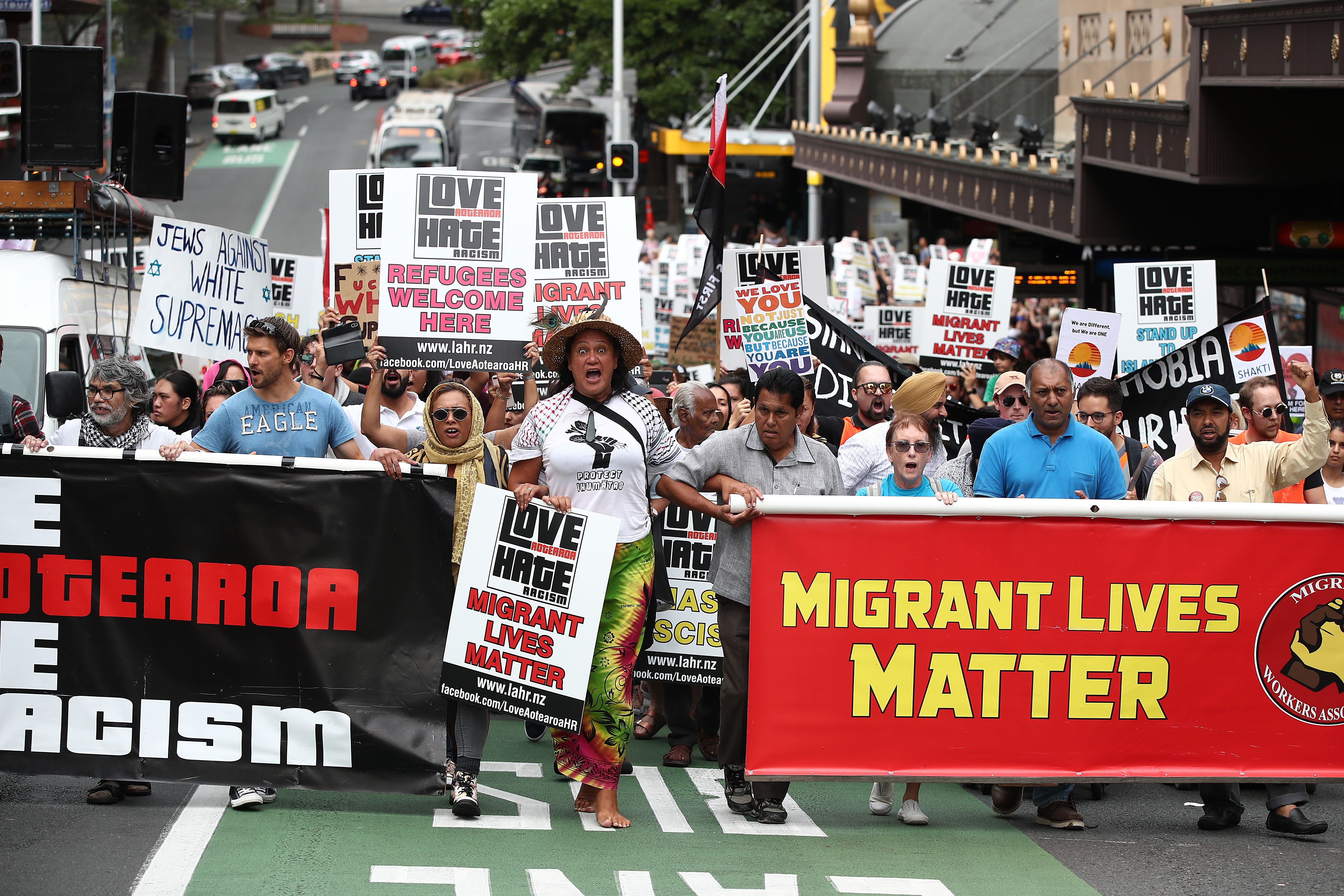
One of the biggest was held in Auckland, where thousands of people marched with signs announcing that they welcomed migrants and stood against hate.
John Sato, a 95-year-old WWII veteran, decided to visit a vigil near his home first.
The mosque in Pakuranga was only a 15-minute bus ride from his home in Howick, but after seeing all the flowers and condolences, he decided that he wanted to visit the big rally after all. That meant three more buses and about an hour of travel time.
Half-Japanese and half-Scottish, Sato was one of only two Kiwi-Japanese to fight in the second World War.

After hearing about the massacre, he said that he had struggled to sleep, imagining the suffering of other people.
With a policeman and another man to help him march, Sato hoped that the rally’s message would be heard.
Afterwards, a policeman drove him home and made sure that he had safely climbed the stairs to his front door.

“I think it’s such a tragedy, and yet it has the other side,” he told , “It has brought people together, no matter what their race or anything. People suddenly realized we’re all one. We care for each other.
“The tragedy in Christchurch, look at what it brought out in people. It shows the best of humanity.”
